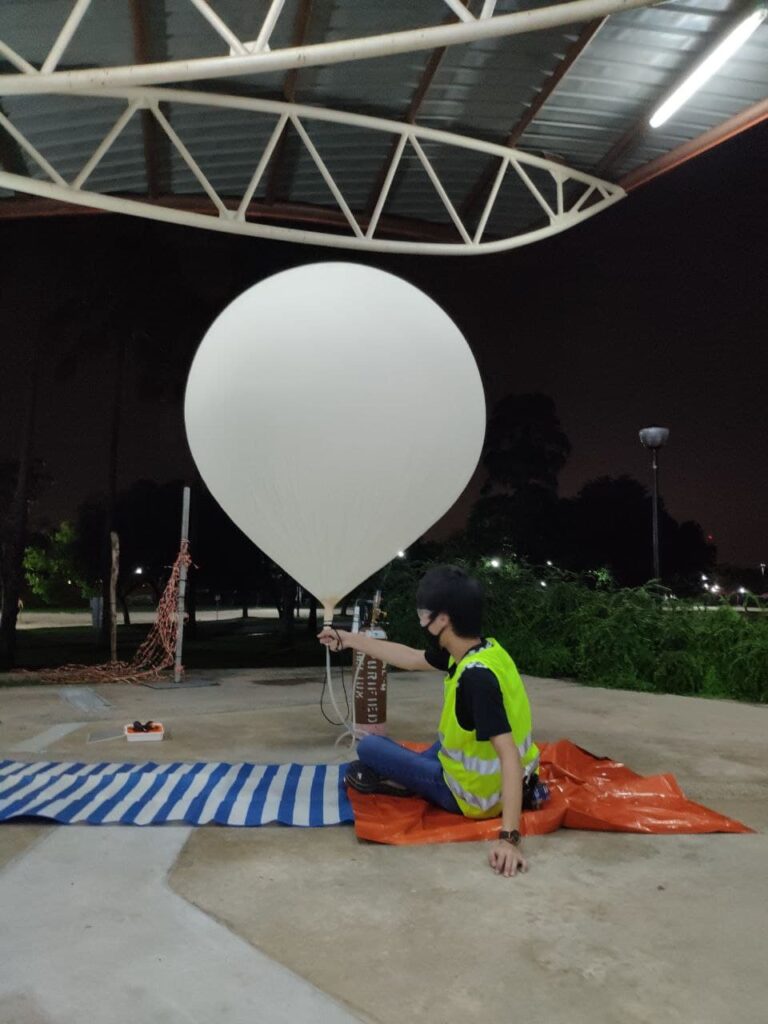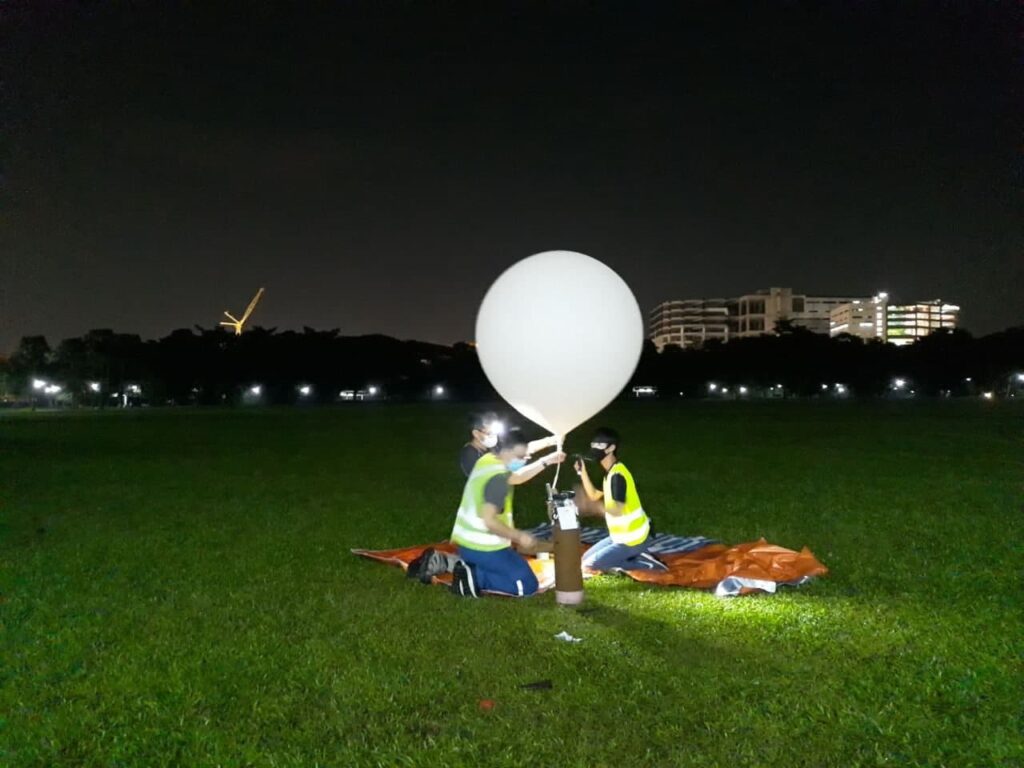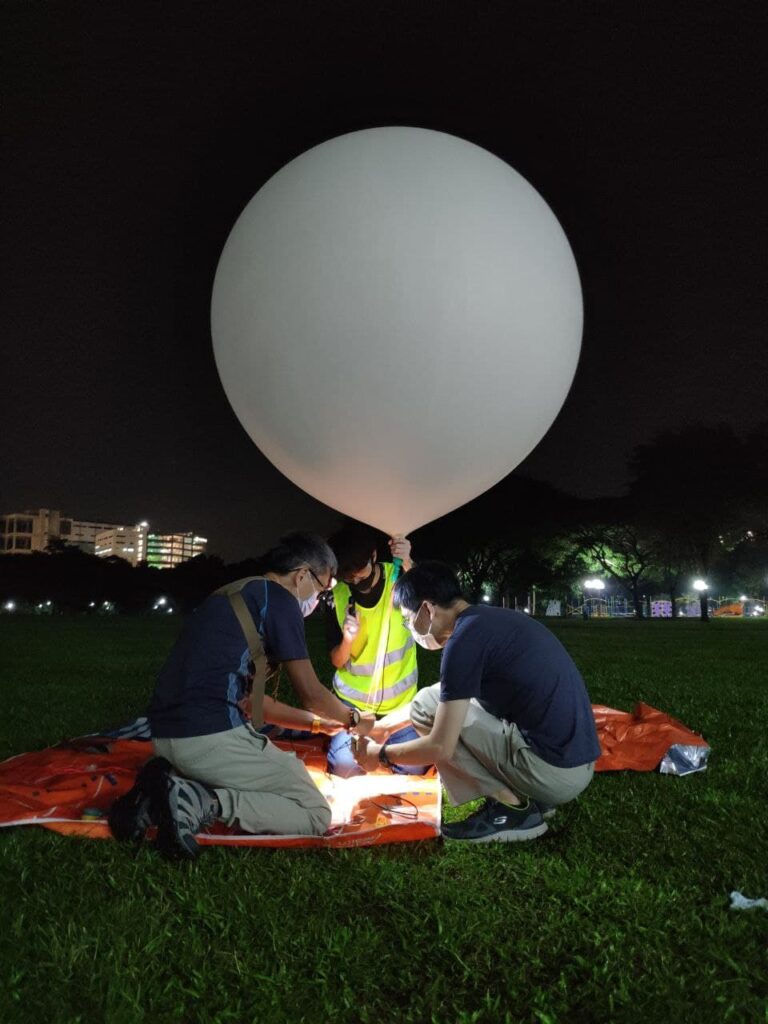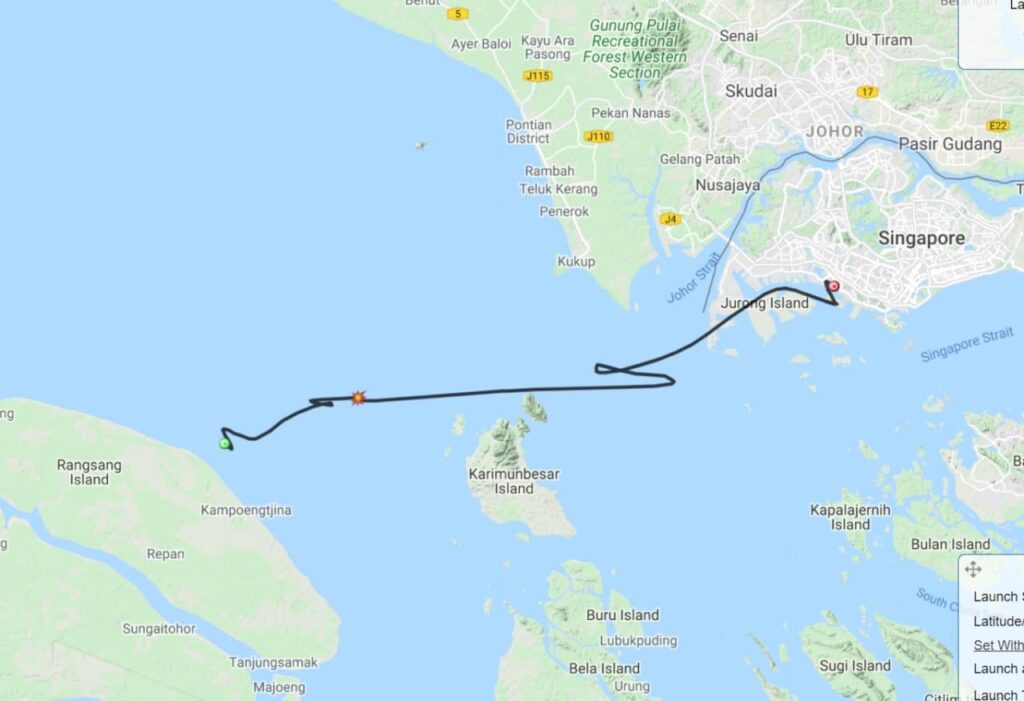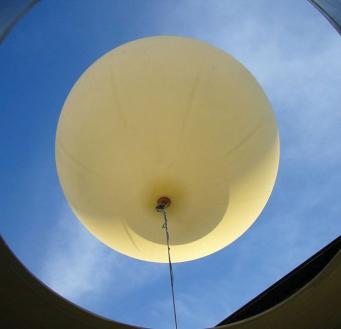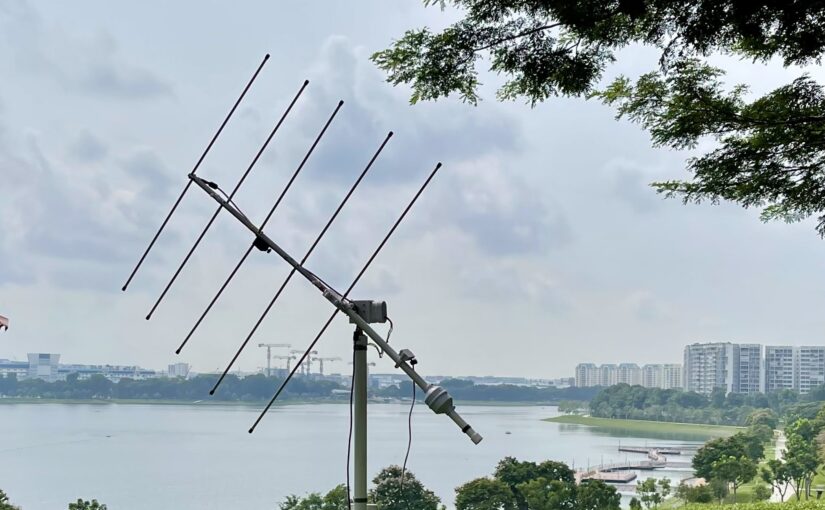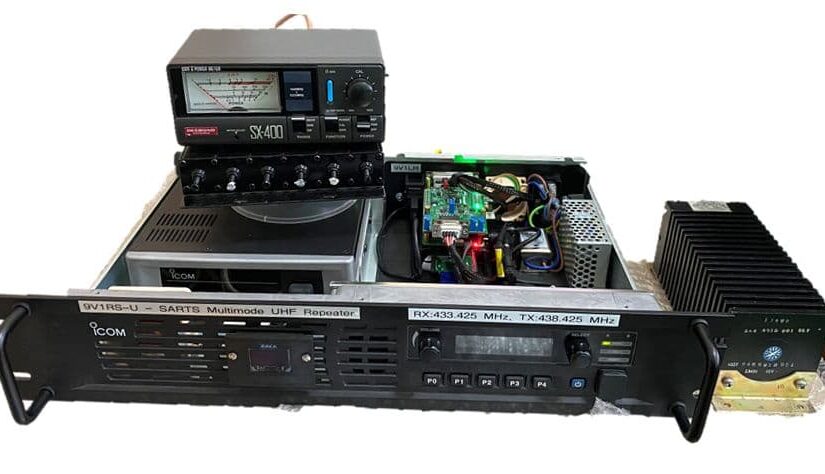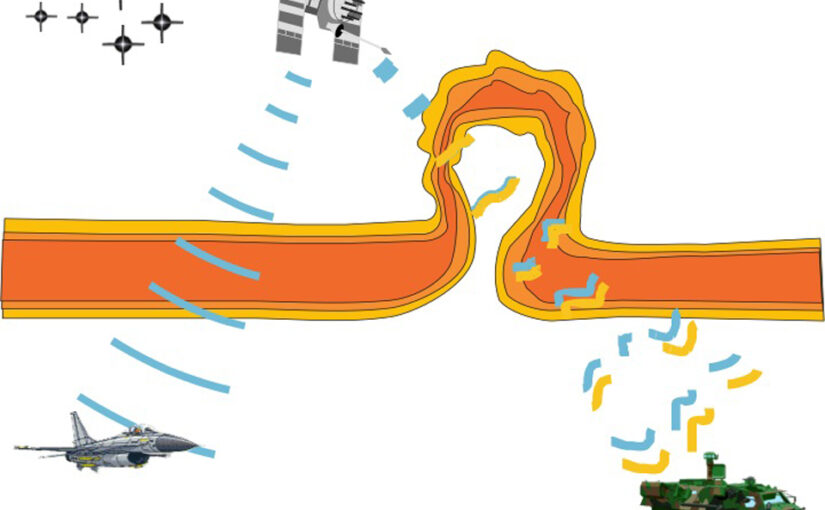Special Event 75th Anniversary
On October 10, 2021 the Northern California DX Club will celebrate our 75th year! To mark this milestone we will hold an HF Special Event on the weekend of October 9th and 10th, 2021. Using our call sign W6TI we can be found operating on bands 15, 17, 20, and 40 meters and using SSB, CW and FT8 modes. The festivities begin at 16:00-23:59Z October 9th and continue 16:00-23:59Z Sunday October 10th.
A special QSL card will be available upon request. QSL details at W6TI on QRZ.com.
Since October 10, 1946 the Northern California DX Club has been dedicated to the finest ideals of good DXing, raising the standards of Amateur Radio practice and ethics and interactively sharing knowledge and information to enhance and benefit the Amateur Radio Community.
NCDXC has co-hosted the International DX Convention for over 70 years.
Received from Tony Dowler, K6BV
President NCDXC
